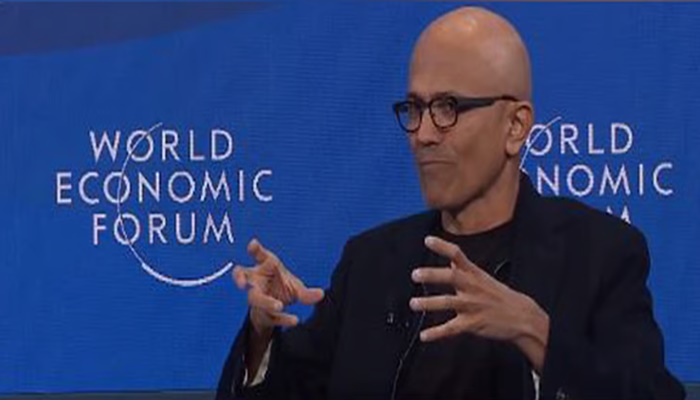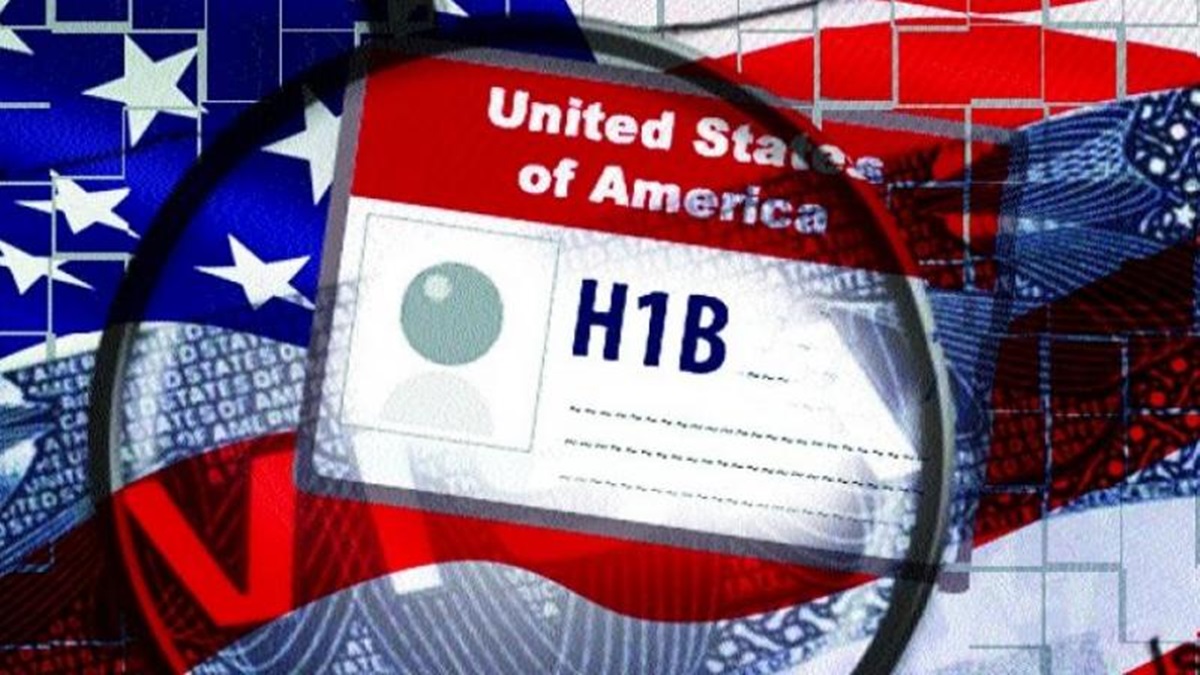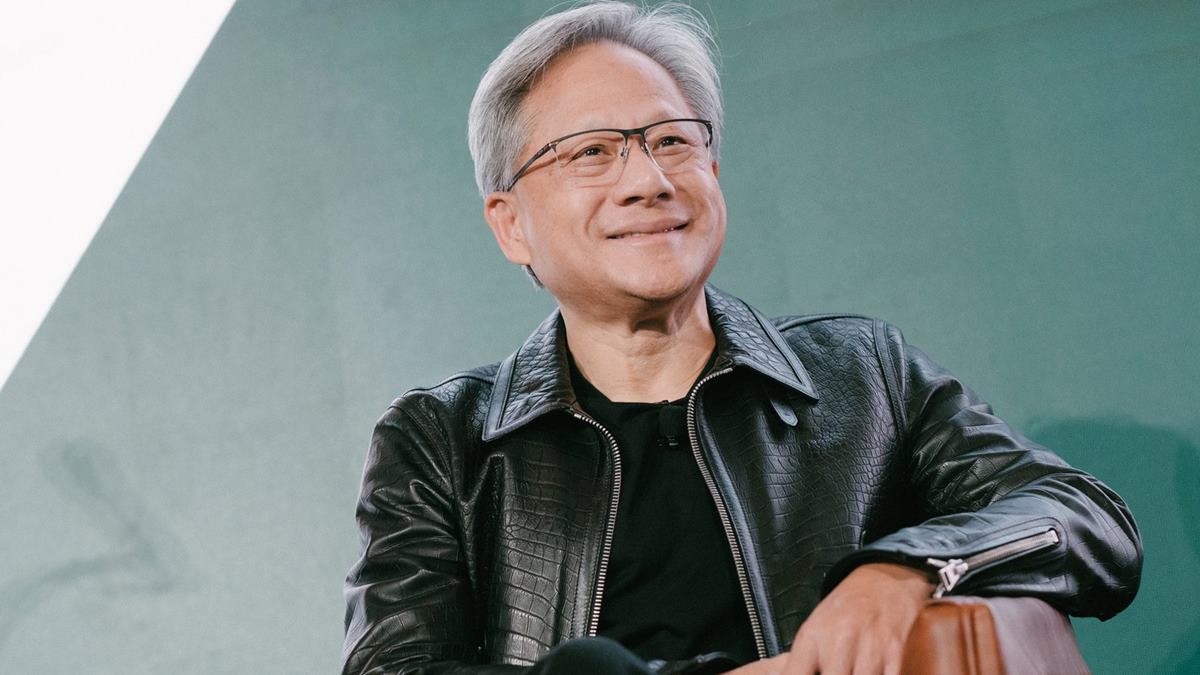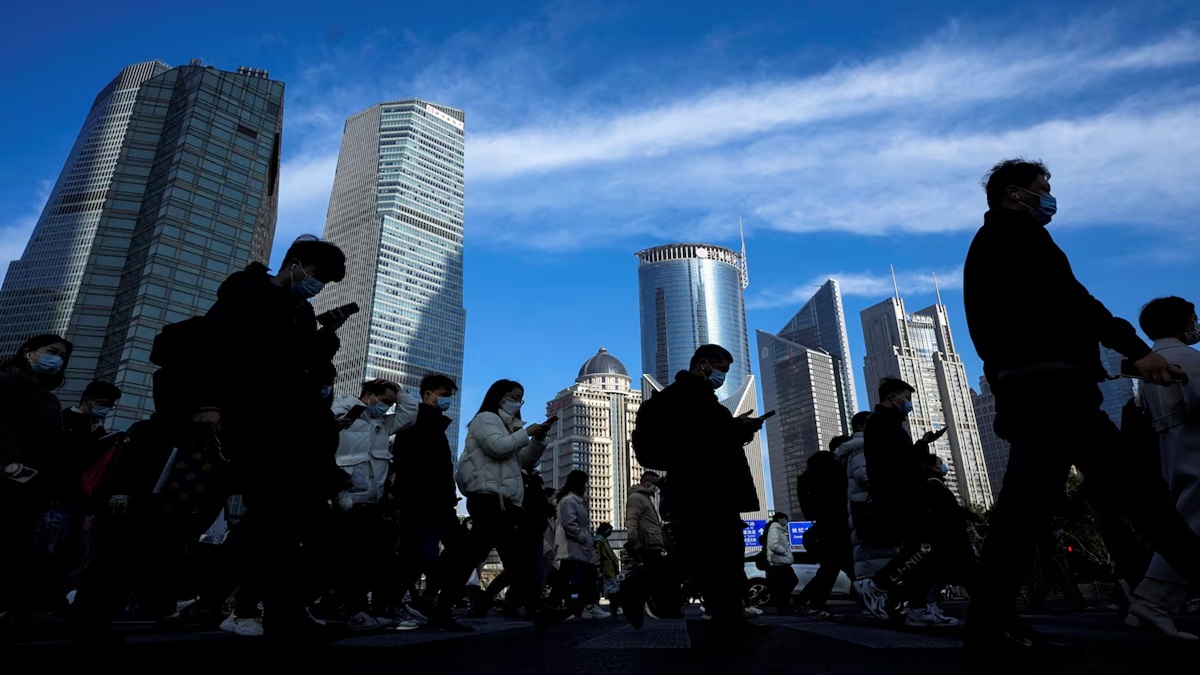A new Chinese visa aimed at attracting foreign tech talent could boost Beijing’s geopolitical standing, particularly as the United States becomes increasingly hostile to immigrants, but it is also prompting a rare nativist backlash at home.
On Sept. 19, the Trump administration said it would ask companies to pay US$100,000 per year for H-1B worker visas, widely used by tech companies to hire skilled foreign workers.
China’s K visa, which launches Wednesday, targets young foreign science, technology, engineering and mathematics (STEM) graduates, allowing them to apply for residence without a job offer – an attractive prospect for foreign workers looking for alternatives to the U.S.
“The U.S. has definitely shot itself in the foot on H-1Bs, and the timing is exquisite for China’s K visa,” said Michael Feller, chief strategist at Geopolitical Strategy.
Iowa-based immigration attorney Matt Mauntel-Medici said the “symbolism is powerful: While the U.S. raises barriers, China is lowering them.”
But in China, the K visa has been greeted with less enthusiasm, particularly from young graduates struggling to find work in a sluggish economy. Data released Tuesday showed the Chinese manufacturing sector contracting for the sixth straight month in September, as U.S. tariffs cut into exports.
Young people have borne the brunt of China’s recent economic slowdown, along with crackdowns on the tech and education sectors that wiped out millions of jobs.
After youth unemployment hit a record 21.3 per cent in mid-2023, the National Bureau of Statistics stopped publishing regular figures, saying its methodology needed tweaking. When it resumed publication in February, the figure still stood at a relatively high 16.9 per cent, and most analysts believe the true rate is still around 20 per cent.
This year’s graduating class numbered 12.22 million, an increase of nearly half a million from 2024 and the largest in Chinese history. Record numbers are taking the civil servant exam each year, hoping to get one of the few remaining “iron rice bowl” jobs in the country. When the state-run China National Nuclear Corporation advertised 8,000 jobs across several subsidiaries in April, it said it received nearly 1.2 million applications.
On Chinese social media, discussions of the new K visa were dominated by concerns from graduates that they would now have to compete with foreign talent as well as their fellow citizens. When one Indian tech worker asked for advice on applying for a Chinese visa, many commenters told him not to come. Other posts dipped into racist and xenophobic rhetoric, claiming that allowing more foreigners into the country would lead to more crime.
Zheng Yifan, a 33-year-old tech worker from Chengdu, said getting his current job was a “gruelling, hypercompetitive process.” He expressed concern about the apparent lower thresholds for foreign workers applying for the K visa and the support they may receive from local and provincial governments keen to deliver on Beijing’s latest pet policy.
“I feel this visa doesn’t sound wise, and many in my industry share similar views,” Mr. Zheng said. “This whole thing leaves a bitter taste in the mouths of people like me who have climbed the ladder through sheer effort. China doesn’t lack talented people – we just lack job opportunities and resources.”
Jakky Yang, a 27-year-old investment adviser in Shenzhen, said the K visa was “redundant” given the other work visas available to foreigners – all with higher bars to entry than the new program.
“The fundamental reason many people like me oppose this visa is because our own domestic needs still need to be addressed,” she said. “Many people in China are caught in a cutthroat competition, struggling to survive, while foreigners can easily access the benefits we have to fight so hard for.”
The K visa could yet prove less generous than has been advertised. Chinese government guidelines mention vague “age, educational background and work experience” requirements and do not provide any details about a path to permanent residency or family sponsorship, important factors for many seeking similar talent visas in the West.
There are just one million foreigners in China, accounting for less than 1 per cent of the population, but that figure is likely to rise as Beijing grapples with how to address a falling birth rate and aging population. Neighbouring countries such as South Korea and Japan have increasingly turned to immigrant labour to fill vacant roles in the service, construction and care industries.
But as the backlash to the K visa shows, welcoming foreign workers while many Chinese are struggling economically will require some deft rhetorical manoeuvring, lest the government upset the one thing it cares about the most: political stability.
Source – https://www.theglobeandmail.com/world/article-china-k-visa-foreign-workers/




















